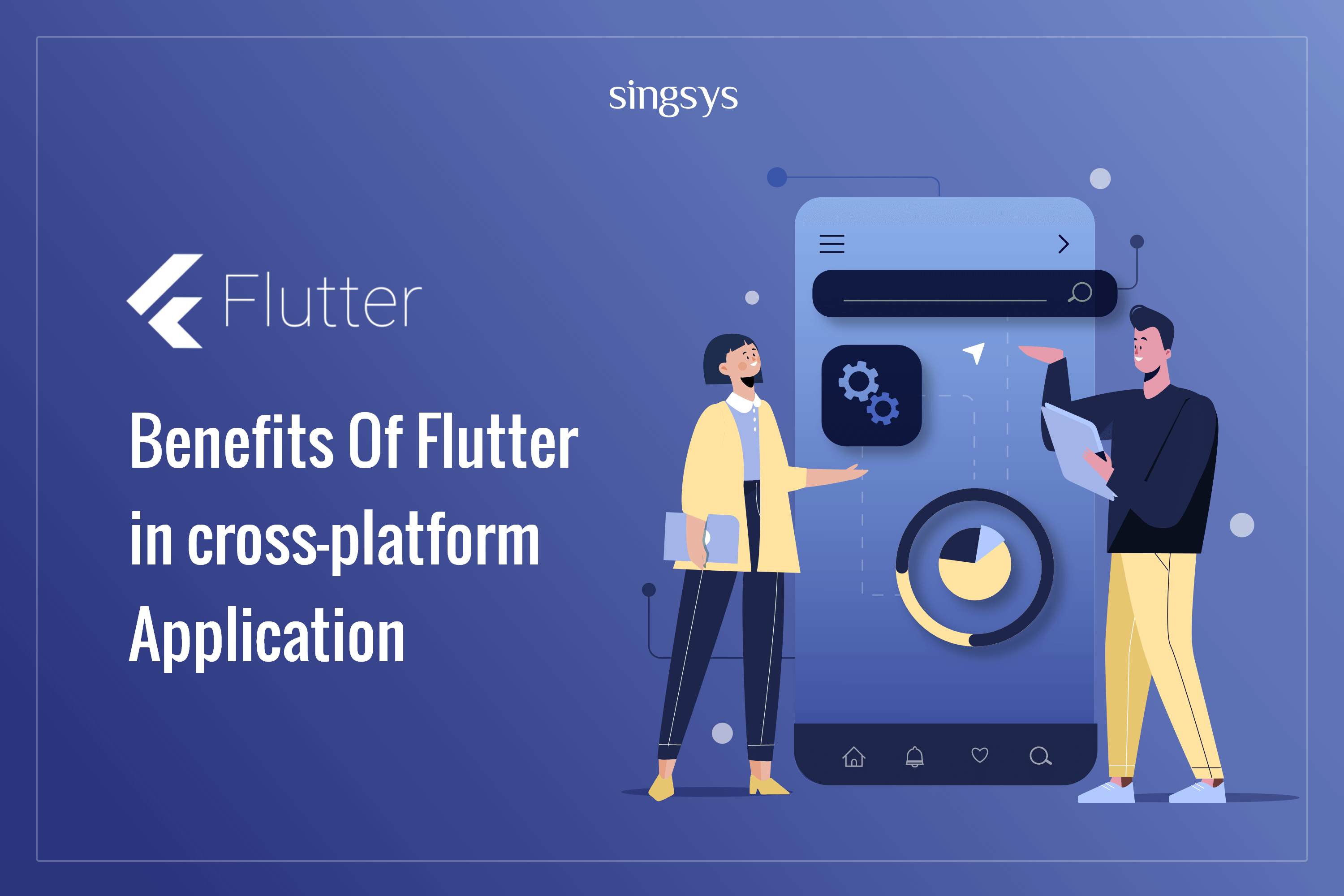
What is Flutter?
Flutter is Google’s mobile app SDK, complete with a framework, widgets, and tools, that give developers an easy way to build and deploy visually attractive, fast mobile apps on both Android and iOS platforms.
Flutter Stats
- According to Statista, Flutter is the most popular cross-platform mobile framework used by global developers, according to a 2021 developer survey. Based on the survey, 42 percent of software developers used Flutter.
- According to Tim Sneath, product manager of Flutter and Dart at Google, over two million developers have been using Flutter in the last sixteen months since they released it.
- The top five territories for Flutter are India, China, the United States, the EU, and Brazil.
- According to a survey by StackOverflow, 68.8% of developers love Flutter and have shown interest in continuing to develop in the technology. Flutter is one of the least dreadful and most wanted applications according to their numbers.
- According to Google Trends, the interest in Flutter has been increasing over the past 12 months in the United States. The trend is almost the same in worldwide statistics.
- According to GitHub, Flutter has over 134k stars, which is a lot compared to other technologies. It is also one of the top 35 active repositories in GitHub.
- According to Flutter, over 100,000 apps have been launched since the technology was first introduced. The most popular Flutter App includes Realtor.com, Tencent, The New York Times app, Square, and Google Assistant.
Why Flutter? Top advantages for a mobile app developer
- Open Source– Flutter is an open-source code software development toolkit from Google. It provides easy posting of issues and access to documentation from open developer forums.
- Single Codebase– Developers write just one codebase for your 2 apps – covering both Android and iOS platforms. Flutter doesn’t depend on the platform, because it has its widgets and designs. You can create applications for six different platforms simultaneously. This includes different operating systems like Android, iOS, macOS, Windows, Linux, and Web.
- Dart As Programming Language– Flutter uses Dart as an object-oriented programming language to create apps. Dart is like Java and uses a lot of the popular features of other languages too. Its reactive programming style allows developers to complete their common tasks with ease.
- Hot Reload and Development– This is a unique feature to Flutter, which usually only takes (milli) seconds and helps teams add features, fix bugs, and experiment faster.
- Use of Custom Widgets– Flutter offers a myriad of widgets to help developers in their creation process. It makes designing a basic user interface much easier and faster. You can even wrap one widget inside another to enable different functions
- Less testing– If you have the same app for 2 platforms, it means less testing! The Quality Assurance process can be faster. Because of one codebase, the developers write automatic tests only once.
- The same app UI on older devices– Your new app will look the same, even on old versions of Android and iOS systems. There are no additional costs for supporting older devices. Flutter runs on Android Jelly Bean or newer, as well as iOS 8 or newer.
Related Posts...
Mobile AppsTechnical SeminarTechnologiesWhat is New!What's Hot
Apr 16th, 2024
Can EduTech Apps recreate an in-person classroom experience for remote learners? Find out how these apps are enhancing remote education in this insightful post.
Read more
Apr 2nd, 2024
As consumers’ expectations continue to rise, delivering an exceptional user experience (UX) has become a key differentiator for businesses seeking to gain a competitive edge.
Read more
Mar 28th, 2024
Having a mobile app opens up new opportunities for marketing and sales, allowing you to reach a wider audience and engage with customers in innovative ways.
Read more
